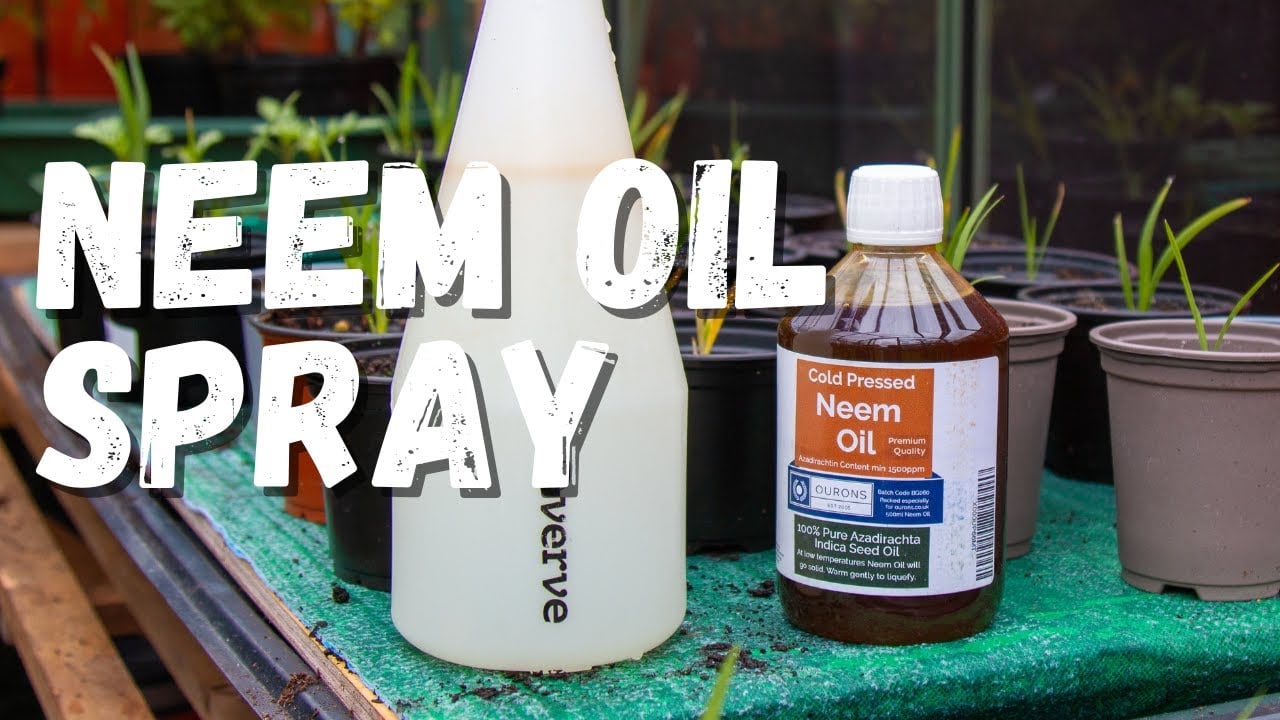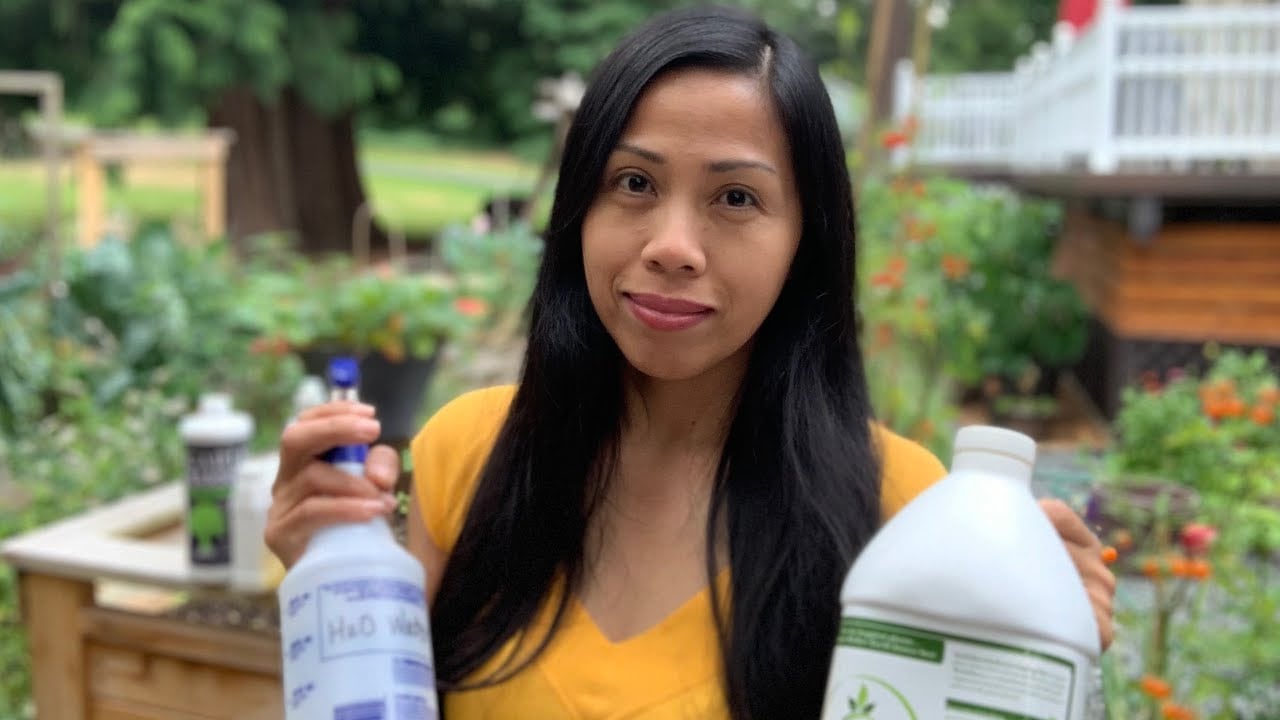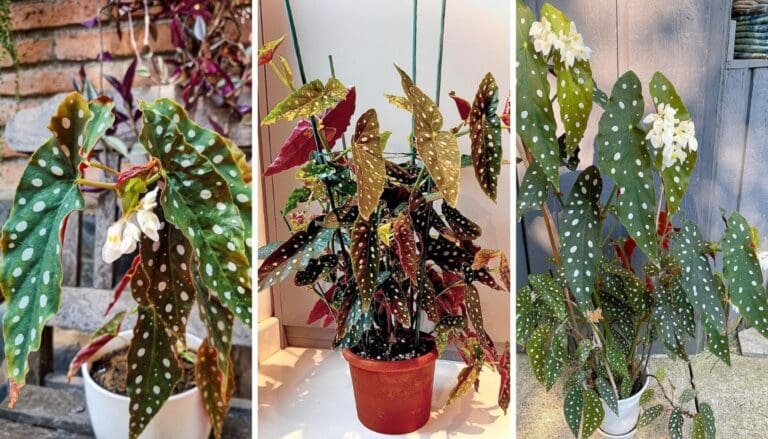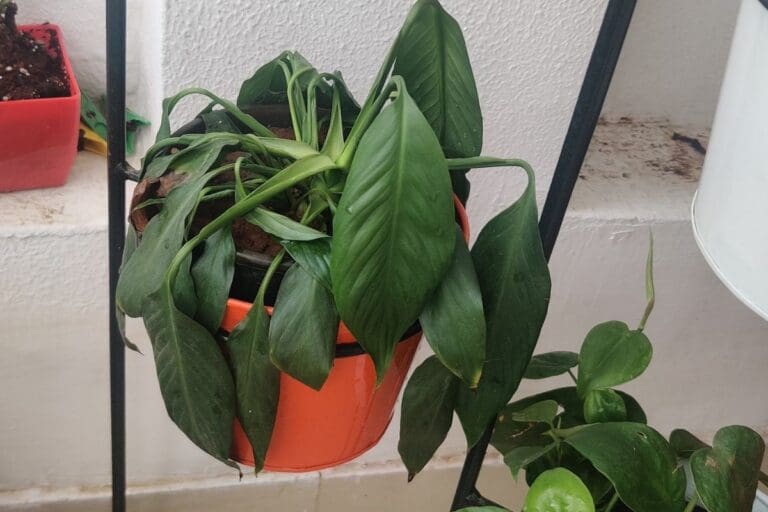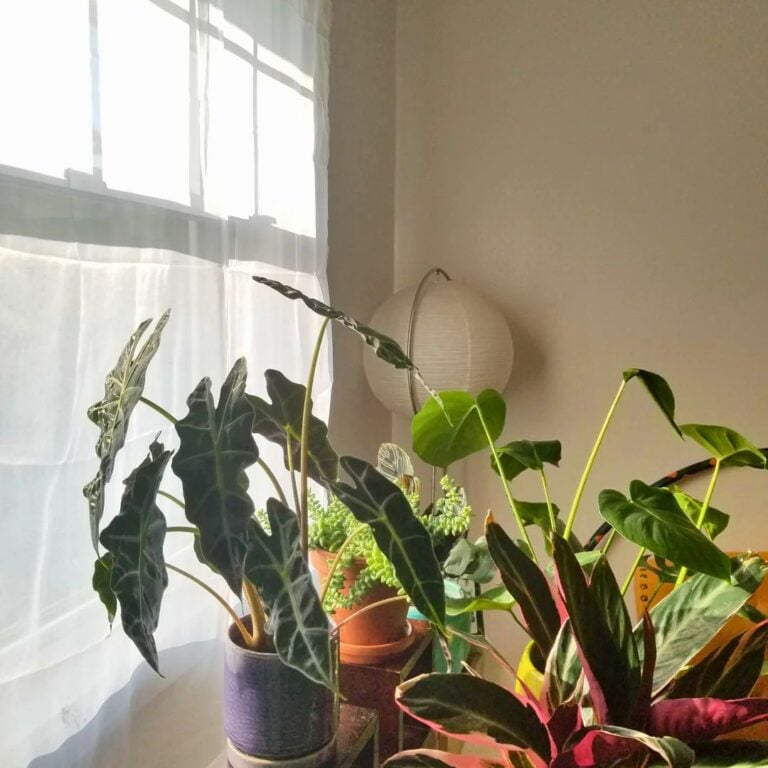10 DIY Neem Oil Spray Recipes That Actually Work
I’m always a little anxious about bugs wrecking my plants, but I’m not a fan of harsh chemicals either. Neem oil is one of those simple, natural fixes that helps protect my garden without anything too intense.
Honestly, making my own neem oil spray is cheap and surprisingly easy. Just a few ingredients, and I’ve got sprays that really seem to help my plants stay healthy and happy.
Please note: Simplify Plants is reader-supported. As an Amazon Associate, I earn from qualifying purchases made by our readers with no extra cost added to you all! Some links in the post are affiliate links and I get a commission from purchases made through links in the post.
1) Neem Oil and Water Spray
Whenever I want a no-fuss solution, I reach for a basic neem oil and water spray. It’s my go-to when I need something quick.
All I use is pure neem oil, water, and just a dash of mild liquid soap. The soap helps everything mix, so it actually spreads on the leaves instead of just sitting there.
I toss a teaspoon of neem oil and half a teaspoon of soap into a spray bottle. Then I fill it up with a liter of water and shake it like crazy before spraying.
I always try to coat both the tops and undersides of the leaves. Early morning or evening is best—hot sun and sprays just don’t mix.
I make a new batch each time because neem oil doesn’t last long once mixed with water.
If I spot tiny bugs or chewed leaves, I’ll spray once a week. This basic recipe keeps my plants looking decent with almost no effort.
2) Neem Oil, Garlic, and Water Mix
I like this Neem Oil, Garlic, and Water Mix because it’s simple and actually works in my garden. Garlic gives it a real kick—most bugs seem to hate the strong smell.
I crush two garlic cloves and let them soak in a cup of water overnight. After straining out the bits, I pour the garlic water into my spray bottle.
Next, I add one teaspoon of neem oil and a little mild liquid soap. The soap helps it stick to the leaves.
Before spraying, I shake the bottle well. I spray both sides of the leaves, usually in the morning or late in the day.
This recipe is pretty gentle for most plants. I always test a bit on one leaf first, just in case.
I use this every week or after it rains. It keeps pests like aphids and mites off my veggies and flowers.
The best part? I already have everything I need at home. No scary chemicals, just regular kitchen stuff. Makes me feel better about what’s going on my plants.
3) Neem Oil and Dish Soap Solution

This Neem Oil and Dish Soap Solution is one of my favorites for how fast it is to mix up. You only need neem oil, dish soap, and water. Soap helps the oil blend and stick to the leaves.
I add 1 teaspoon of neem oil and 1/2 teaspoon of mild dish soap to 1 quart of warm water. I shake it up so everything’s combined.
I spray both the tops and undersides of leaves, but I don’t soak them—just a light mist. If I see bugs or damage, I’ll spray once a week until things improve.
Always test it on one plant first. Some plants are a bit fussy about soap. I do this in the morning or evening, so the sun doesn’t scorch the leaves.
Make a fresh batch each time. Neem oil breaks down in water, so I only mix what I’ll use right then.
This spray’s safe for most plants, but I avoid using it on herbs I plan to eat soon. If I see soap suds, I rinse the leaves with plain water the next day.
I find it’s really good against aphids and spider mites. If I use it regularly, it keeps pest issues from getting out of hand.
4) Neem Oil, Lemon Juice, and Water
This one’s a nice change when my plants need a little extra TLC. Neem oil helps fight pests, and lemon juice adds a fresh scent and a bit of cleaning power.
I combine one teaspoon of neem oil, one tablespoon of lemon juice, and two cups of water in a spray bottle. I shake it well before every use.
I spray it on leaves and stems, always in the early morning or late afternoon.
Lemon juice’s slight acidity can help remove dust and some bugs. It’s gentle, but I still test it on a small spot first.
I stick to fresh lemon juice—bottled stuff can have weird additives.
Consistency matters. I spray weekly or whenever pests show up. It’s simple and gives me peace of mind.
5) Neem Oil with Cinnamon and Water
I reach for neem oil with cinnamon and water when my plants start looking a bit sad or spotty. It’s quick to make and helps keep leaves clean.
I mix one teaspoon of neem oil and one teaspoon of cinnamon powder into one quart of warm water. After shaking it well, I pour it into a spray bottle.
Cinnamon is mildly antifungal, so it helps with mold and mildew. Paired with neem oil, I see better results, especially indoors.
I spray all leaf surfaces, including underneath. Early morning or evening works best to avoid sunburn.
Always test first on a leaf or two. If things look good after a day, I spray the rest.
I use this about once a week. The cinnamon settles fast, so I shake before every use.
Neem oil with cinnamon and water is a gentle, natural option for keeping plants healthy. I find it handy for herbs, houseplants, and even flowers.
6) Neem Oil and Witch Hazel Spray
I’ve started using witch hazel in my neem oil spray because it helps the mix stick to leaves and dries quickly. Witch hazel has mild cleansing power, so the leaves stay clean while neem oil does its thing.
To make it, I mix 1 teaspoon of neem oil with 2 tablespoons of witch hazel. I add about 1 cup of water and a couple drops of gentle soap, then shake it up.
I spray both sides of the leaves, making sure to do it in the cool of the morning or evening.
Witch hazel helps spread the neem oil evenly. My plants look fresher after I use this. As always, I test on a small leaf first—better safe than sorry.
I don’t use this every day. Once or twice a week, or when I spot bugs, is enough. If I have any left, I keep it cool and shake before using again.
This recipe is quick, easy, and gentle for most houseplants. It’s great for keeping leaves free from sticky sap or dust while getting rid of pests.
Always use cold-pressed neem oil and a gentle soap for best results.
7) Neem Oil and Aloe Vera Blend
I really like using neem oil and aloe vera together. It’s gentle, and it keeps pests away without stressing my plants.
I mix 1 teaspoon of neem oil, 1 teaspoon of liquid soap, and 2 tablespoons of aloe vera gel with 1 quart of water. I shake it until it’s all blended.
Pure aloe vera gel soothes plants and helps the spray stick. Neem oil targets bugs like aphids and spider mites.
I spray both sides of the leaves, always in the morning or late afternoon.
If I see oily spots, I just blot them with a cloth. Test on a small area first—plants can be unpredictable.
I use this every 7 days, or more often if it rains. It’s simple and works well, and my plants always look greener.
Leftover spray goes in the fridge and gets used within a week. I shake it before every use, since oil and water separate.
Fresh, clean water and pure ingredients make all the difference.
8) Neem Oil, Pepper, and Water Spray
This neem oil, pepper, and water spray is one of my favorites. It’s easy to whip up, and it’s gentle for most plants. It does a decent job keeping bugs away without any harsh stuff.
I fill a spray bottle with about a liter of water. Then I add 1-2 teaspoons of neem oil and half a teaspoon of ground black pepper. Pepper’s a natural deterrent for bugs.
I shake it well, and always shake before spraying since things settle fast.
I spray leaves, stems, and sometimes even the soil. Early morning or late afternoon is best—sun plus spray can mean leaf burn.
If I see lots of pests, I’ll spray every few days. Once things calm down, I switch to once a week.
The smell disappears after the spray dries, which is a relief.
I always test it on one leaf first, just in case. If anything looks off the next day, I rinse with clean water.
This spray is quick, uses stuff I’ve already got, and just feels better than dumping chemicals everywhere. Simple, but it works.
9) Neem Oil with Epsom Salt and Water
I really like using neem oil mixed with Epsom salt in my garden. Epsom salt brings magnesium and sulfur to the table, which helps plants get sturdier.
When I combine it with neem oil, my plants just seem a bit happier overall. To make this spray, I grab a small bottle and fill it with a quart of warm water.
Then I toss in 1 tablespoon of neem oil and 1 teaspoon of Epsom salt. I give the bottle a good shake until it’s all mixed up.
Honestly, I shake it every time before spraying because neem oil and Epsom salt don’t really dissolve all the way. The mixture looks a bit cloudy, but that’s totally normal.
I spray it on the leaves early in the morning or late in the afternoon, just to avoid the sun burning the plants. Usually, I go for once a week or whenever pests pop up.
If I notice white spots or bug bites, I make sure to spray both sides of the leaves. I skip spraying if it’s super hot or rainy—that’s just asking for trouble.
I always test the spray on a couple of leaves first. If they look fine after a day, then I’ll go ahead and do the rest.
With only neem oil, Epsom salt, and water, my plants get a nice boost—no harsh chemicals needed.
10) Neem Oil and Neem Leaf Infusion
I’m a fan of mixing neem oil and neem leaves for a natural garden spray. It’s got a nice balance of quick and slow-release benefits.
To whip this up, I boil a handful of fresh or dried neem leaves in about two cups of water. Ten minutes of simmering does the trick, then I strain the liquid and let it cool down.
After that, I mix the cooled neem tea with 1 teaspoon of neem oil and a few drops of liquid soap. The soap helps everything blend, so nothing floats around weirdly.
I pour it into a spray bottle and shake it well. Neem leaves have some plant compounds the oil doesn’t, so I figure it might help with extra pests or maybe just keep more bugs away.
I spray both sides of the leaves, usually once a week or after a rain. It’s gentle enough for most of my houseplants and veggies.
This recipe is simple—no fancy gadgets needed. I like knowing I’m using safe, natural stuff. Sometimes I grow my own neem, but honestly, dried leaves from the internet work fine.
I always test on one small leaf first, though. Some plants are picky, and it’s better to be safe. The smell is strong at first, but it fades pretty quickly.
This spray fits right into my natural gardening routine. It helps me care for my plants without worrying about harsh chemicals.
Why Neem Oil Is Effective Against Pests
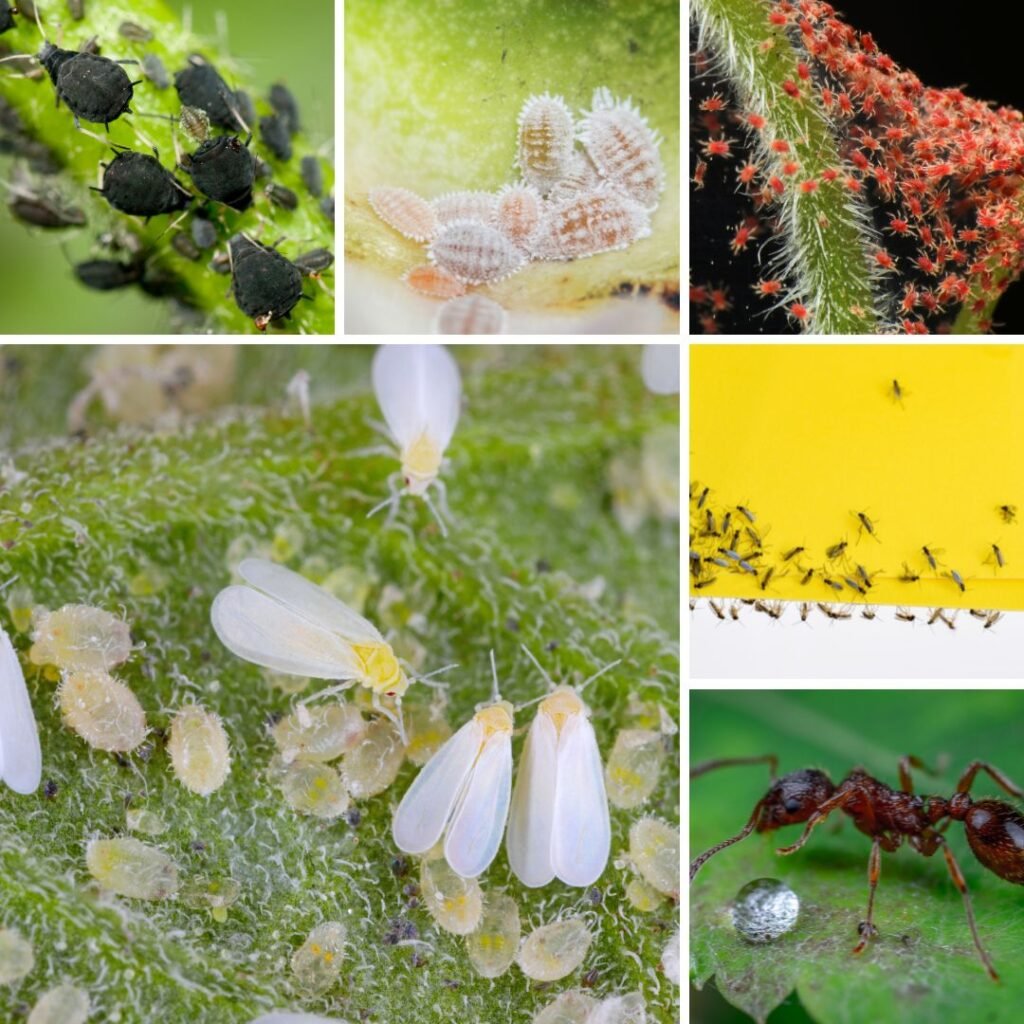
I’ve noticed that neem oil is pretty powerful because it tackles pests in a few different ways. It comes from the neem tree and has natural compounds that can keep bugs at bay without the need for harsh stuff.
How Neem Oil Disrupts Insect Life Cycles
When I spray neem oil on my plants, it messes with bugs at every stage. The main compound, azadirachtin, throws off how insects grow, eat, and lay eggs.
Basically, it stops insects from eating, so they just leave my plants alone. Young bugs can’t molt, so they never make it to adulthood.
Neem oil also keeps some adult bugs from laying eggs, which means fewer pests down the line. Over time, this can really cut down on bug numbers.
Neem Oil Versus Chemical Pesticides
Unlike a lot of chemical sprays, neem oil is less risky for helpful insects like bees and ladybugs, as long as I’m careful. It breaks down fast in sunlight and water, so it doesn’t stick around forever.
I appreciate that bugs don’t get resistant to neem oil as quickly as they do with chemicals. Plus, it’s safer for me, my family, and pets.
Here’s a quick comparison:
| Neem Oil | Chemical Pesticides | |
|---|---|---|
| Harmful to good insects? | Low | Often High |
| Eco-friendly? | Yes | Usually No |
| Residue left? | Little | More |
| Pest resistance? | Rare | Common |
Using neem oil lets me keep my garden healthy without stressing about the environment or my own health.
Best Practices for Safe and Successful Spraying

I try to be careful when using neem oil spray. It keeps my plants happy and the spray works better.
Tips for Mixing and Application
When I mix up neem oil, I use lukewarm water—it just seems to blend better that way. I stick to the recipe so I don’t overdo it and accidentally harm my plants.
I use a spray bottle just for neem oil and shake it pretty often, since the oil likes to separate. Before spraying everything, I always do a patch test on a couple leaves.
If there’s no leaf burn after a day, I go ahead and spray the rest. I cover both the top and bottom of leaves, since pests love to hide underneath.
I avoid spraying during hot, sunny times, because that can burn the leaves. Gloves are a must for me, and I always wash my hands after. Even natural sprays can be irritating.
After I’m done, I rinse out the spray bottle so it’s clean for next time.
Timing Your Neem Oil Treatments
Timing really matters with neem oil. I spray either early in the morning or in the evening—just seems safer for the plants.
Cooler times help the spray stick around longer, and I don’t have to worry about the sun causing damage. Spraying every 7 to 14 days works for me.
If pests show up, I might spray again a few days later, but I don’t go overboard. I avoid spraying right before rain or watering, since that just washes it all away.
After spraying, I keep an eye on my plants. If I see yellow or brown spots, I wait longer before spraying again.
Frequently Asked Questions
People ask me about mixing neem oil and using it safely on plants all the time. Getting the ratios right and knowing how different plants react can make a big difference.
What is the correct dilution ratio of neem oil to water for plant sprays?
I go with 1 to 2 teaspoons of neem oil per 1 quart (about 1 liter) of water. If I need the spray to stick better, I’ll add a few drops of mild dish soap.
Can you create neem oil spray using leaves from your own neem tree?
Yep, you can. I boil fresh neem leaves in water for about 20 minutes, strain it, and let it cool. It’s not as strong as pure neem oil, but it still helps with pests.
Is neem oil spray safe for all houseplants, or are there exceptions?
Most houseplants are fine with neem oil, but some delicate plants aren’t. I avoid using it on ferns, succulents, herbs, and young seedlings.
If I’m unsure, I always test on one leaf first.
How do you prepare homemade neem oil for garden use?
I mix 1 tablespoon of pure neem oil with 1 quart of water and 1/2 teaspoon of mild liquid dish soap. I shake it well and use it right away, usually in the evening.
What’s a good neem oil spray mixture for treating indoor plants?
For indoor plants, I use 1 teaspoon of neem oil, a few drops of dish soap, and 1 quart of warm water. I shake it up and spray the leaves and stems, testing on one plant first to be safe.
Are there specific types of plants that should avoid neem oil treatments?
Absolutely—plants with fuzzy leaves, delicate or thin foliage, or those just generally sensitive to oils can react badly. I’m always cautious with African violets, succulents, and certain ferns; they just don’t seem to love neem oil.
Also, I avoid spraying any plant that’s about to sit in bright sunlight, at least right after treatment. It’s just asking for trouble, honestly.
Recommended Garden Supplies
| Product Image | Our Recommended Gardening Supplies | Check Offers! |
|---|---|---|
Top Top
Top
Top
Top
Top
Top
Top
Top | rePotme Houseplant and Tropical Classic Potting Soil Mix | Check Offer On Amazon |
 Top
Top
Top
Top
Top
Top
Top
Top | Espoma Organic Indoor Plant Food | Check Offer On Amazon |
 Top
Top
Top
Top
Top
Top
Top
Top | GooingTop LED Grow Light 6000K Full Spectrum Clip Plant Growing Lamp | Check Offer On Amazon |
 Top
Top
Top
Top
Top
Top
Top
Top | Soil Moisture Meter | Check Offer On Amazon |
 Top
Top
Top
Top
Top
Top
Top
Top | Govee Hygrometer Thermometer, Bluetooth Enabled! | Check Offer On Amazon |
 Top
Top | LEVOIT Humidifiers for Large Room(Best For Plants) | Check Offer On Amazon |
 Top
Top
Top
Top
Top
Top
Top
Top | Upgraded DIY Automatic Drip Irrigation Kit, 15 Potted Houseplants Support | Check Offer On Amazon |
 Top
Top
Top
Top
Top
Top
Top
Top | Stainless Steel Heavy Duty Gardening Tool Set | Check Offer On Amazon |
 Top
Top
Top
Top
Top
Top
Top
Top | Bonide Insecticidal Soap | Check Offer On Amazon |
 Top
Top
Top
Top
Top
Top
Top
Top | Bonide 32 oz Spray Neem Oil for Organic Gardening | Check Offer On Amazon |
 Top
Top
Top
Top
Top
Top
Top
Top | Garden Safe Fungicide | Check Offer On Amazon |

